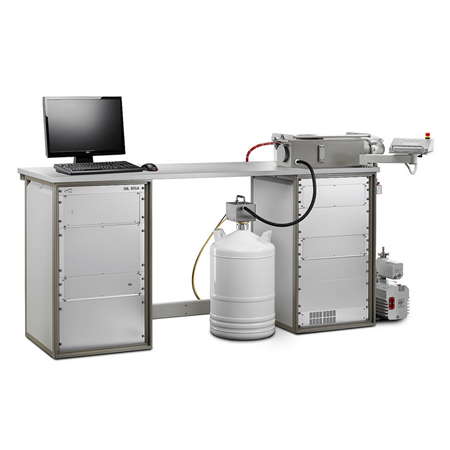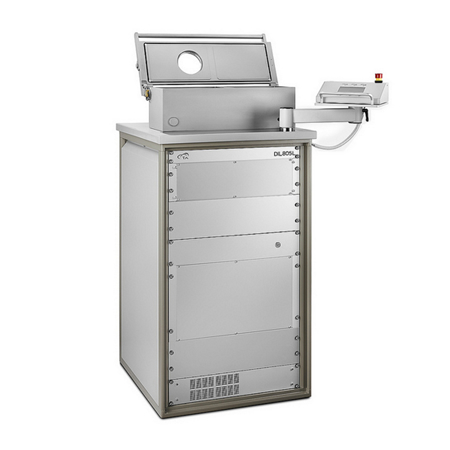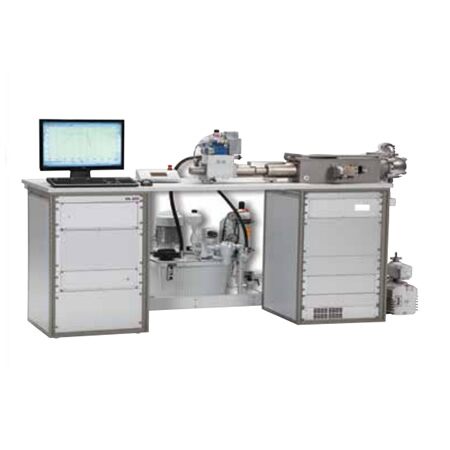View Dilatometry Brochures Dilatometry Accessories Request a Quote
Quenching dilatometers are used to study phase transformations and microstructural changes in steel and metal alloys. Phase transformations occur upon heating and cooling during manufacturing of metal parts and are generated in a controlled way during heat treatment. Changes in microstructure and phase transformations cause changes of volume and expansion rate. Dilatometry is the ideal method to identify the extent and the temperatures of these solid-state phase transitions in metals. Quenching dilatometry helps to optimize heat treatment of metals to yield the required physical properties of the finished product. The heat treatment temperature profile results in different microstructures, which impacts key properties such as hardness yield strength.
The DIL805 instruments use a horizontal pushrod dilatometer design with several key innovations to identify phase transformations in metal. To achieve the required high heating and cooling rates, the sample is heated by induction and cooled by gas quenching. With this design, heating and cooling rates of up to thousands of degrees per second are possible. The DIL805 allows measurements over a wide range of atmospheres, including high vacuum, and supports cryogenic cooling using pre-cooled Helium gas. The temperature is measured with up to three spot-welded thermocouples, which offer instantaneous, highly accurate temperature measurement and enable the evaluation of the thermal gradient along the sample. A user-friendly welding kit ensures that sample preparation can be performed reliably and within seconds.
The DIL805 hard- and software allows for high-speed control of complex temperature programs and high-frequency recording of sample length data. Only with these sophisticated features it is possible to exactly identify phase changes in metals during highly dynamic temperature programs. Users can easily construct TTT and CCT diagrams with high accuracy and precision. The DIL805A/D and DIL805A/D/T are also capable of rapidly and precisely deforming metallic samples during heat treatment, including compression and tension. This feature is used to simulate forging and forming processes and to generate TTT and CCT diagrams after deformation.
Quenching Dilatometers Instruments
Application Notes
- Experimental Study of Deformations and State of Tension in Traditional Ceramic Materials
- Volume Changes in Porcelain Bodies During the Cooling Phase After Firing
- Studying Mould Powders for Continuous Casting with the HM 867
- Thermal Expansion Study of a β-Eucryptite-Based Glass-Ceramic by Means of Optical Dilatometry
- Studying Pyroplastic Deformations On Ceramics





